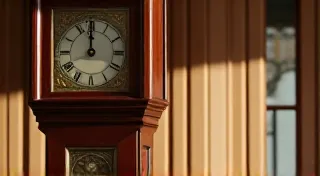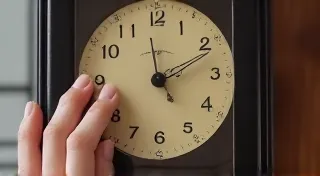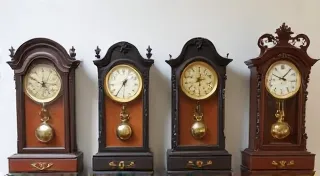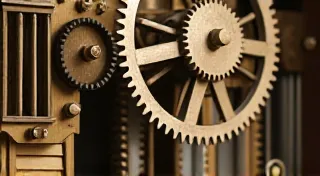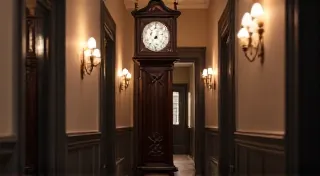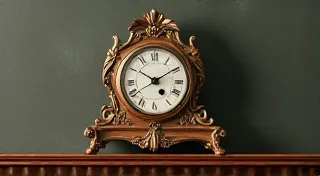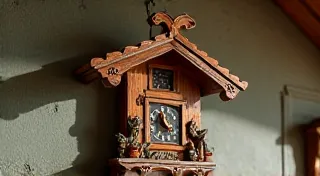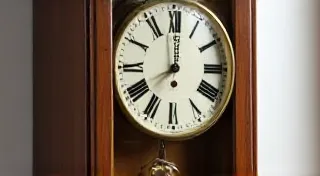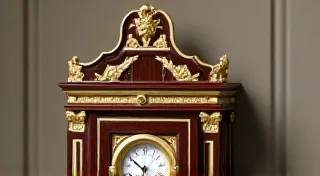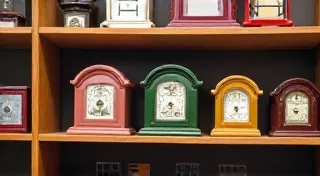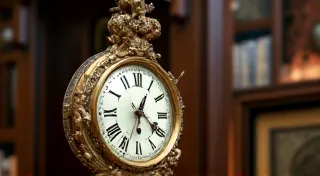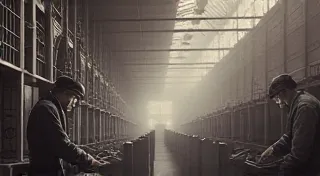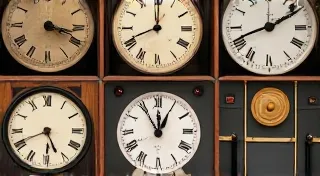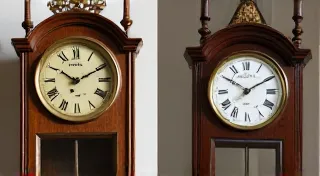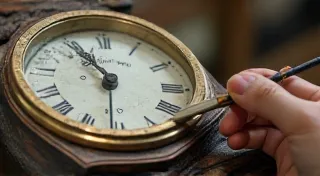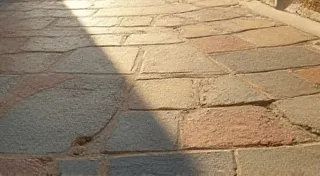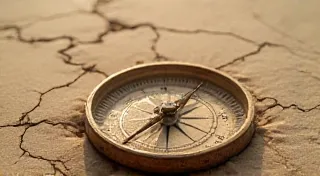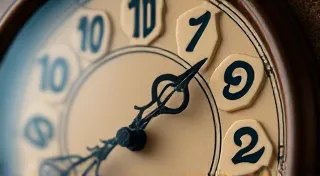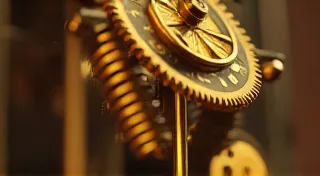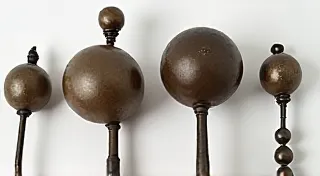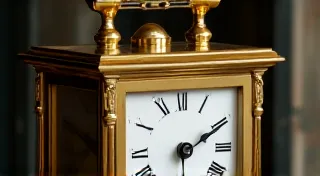Identifying Antique Clocks: A Journey Through Time
Welcome to our comprehensive guide to antique clocks! For centuries, these intricate machines have served as more than just timekeepers; they've been testaments to craftsmanship, technological innovation, and the cultural values of their eras. Whether you’ve inherited a stately grandfather clock, stumbled upon a charming mantel clock at a flea market, or are a seasoned collector, this website is designed to help you understand, appreciate, and identify the fascinating history held within these ticking treasures.
The world of collectible clocks is vast and rewarding. From the humble beginnings of mechanical timekeeping to the rise of automated production, each clock tells a story. Our resources are geared toward both novice enthusiasts and experienced horologists, providing a layered approach to clock identification, care, and appreciation. Are you curious about the technical aspects? We’ve got you covered with a detailed understanding of clock movements. Or perhaps you're more interested in the artistry and design – we explore the history of clock cases and the evolution of decorative styles.
A History of Timekeeping: From Alchemy to Industry
The quest to accurately measure time has captivated humanity for millennia. Early clockmakers, often working with rudimentary tools and limited knowledge, engaged in what could be considered an alchemical quest for accuracy in early clockmaking. Their efforts laid the groundwork for the intricate and precise mechanisms we see in antique clocks today. The impact of industrialization on clockmaking was transformative, ushering in a new era of mass production and standardization, but also changing the role of the individual artisan.
The journey of a clock often involves more than just its mechanics. Imagine the skill and patience required to repairing antique clock faces, a delicate process that preserves history with every touch. Consider the subtle details that reflect regional influences and individual personalities— the pendulum's echo reverberates with the stories of the clockmakers and the times they lived in. They were not simply creating machines but charting the societal, technological, and artistic landscape.
Exploring Regional Styles and Unique Timepieces
The beauty of antique clocks lies not only in their functionality but also in their diversity. Regional styles vary dramatically, each reflecting the local resources, traditions, and artistic sensibilities of the time. For example, American tall clocks embody a distinct regional character, a fascinating reflection of American history and development. Our guide to regional dial styles further illuminates this through The Cartography of Time: Mapping Regional Dial Styles in 18th-Century Clocks. The subtle variations in design and construction can offer invaluable clues to a clock's origin and age.
Beyond America, the world of antique clocks boasts a remarkable array of styles. Dutch eight-day clocks, with their unique and ingenious mechanisms, represent a significant contribution to the advancement of timekeeping. Vienna regulator clocks, renowned for their precision and elegance, are highly sought after by collectors. The distinctive charm of antique French clocks is always a collector's perspective. And the whimsical appeal of identifying Black Forest cuckoo clocks, a German tradition, continues to delight enthusiasts worldwide.
Understanding Markings, Movements, and Mechanisms
Successful clock identification hinges on careful observation and attention to detail. Examining the clock's markings is crucial. Our guide to understanding clock markings provides insight into the symbols, inscriptions, and stamps that can reveal a clock's manufacturer, origin, and approximate age. These often-subtle clues can unlock a wealth of information.
The inner workings of a clock are as fascinating as its exterior. A basic understanding of clock movements is essential for appreciating its complexity and identifying potential issues. The role of weights and pendants in antique clocks is significant. They influence both the clock’s aesthetic appeal and its accurate functionality. Understanding how these components work together is a step toward appreciating the precision and ingenuity of these devices. The interplay of gears, levers, and springs is truly a marvel of engineering, even by modern standards.
Caring for Your Antique Clock: Preservation Tips
Owning an antique clock is a privilege, but it also comes with responsibility. Proper care and maintenance are essential for preserving its beauty and functionality. Our guide to caring for antique clocks: preservation tips offers practical advice on cleaning, lubrication, storage, and avoiding common pitfalls. Preventative measures can extend the life of your clock and protect its value. Remember, a little attention goes a long way in preserving a piece of history.
The Silent Cartographer: A Clockmaker's Legacy
Consider the clockmaker not merely as a craftsman, but as a the silent cartographer. These individuals, often overlooked in historical accounts, meticulously documented their era through the creation of these mechanical marvels. The choices they made—the materials they used, the designs they incorporated—reflect the prevailing cultural and technological trends. Our exploration of the pendulum's echo: how timekeeping obsessions shape narrative delves into the profound impact clocks had on society and our perception of time itself. Their creations are tangible links to the past, offering glimpses into the lives and aspirations of those who came before us.
Popular Clock Brands and Their Stories
Many popular clock brands throughout history have left an indelible mark on the world of horology. Each brand has its own unique story, reflecting the entrepreneurial spirit and technological advancements of its time. From renowned British manufacturers like identifying Howard & Sons clocks to the diverse landscape of European and American clockmaking, our resources explore the brands that shaped the industry and the individuals who drove their success.
Quartz vs. Mechanical: A Timeless Debate
While antique clocks represent a bygone era of mechanical ingenuity, understanding their place in the broader context of timekeeping requires appreciating the differences between mechanical and modern quartz technology. Our guide to quartz vs. mechanical clocks: understanding the difference clarifies the distinctions between these two approaches, highlighting the enduring appeal of mechanical timepieces and the evolution of horological innovation.
Fractured Movements and Tales of Deception
Sadly, the world of antique clocks is not always straightforward. Sometimes, what appears to be a genuine antique clock may hide a darker history. Fractured movements: when clock identification reveals a history of deception examines instances where clockmakers have attempted to disguise the origins of their creations, highlighting the importance of careful examination and expertise in uncovering hidden truths.
Dive Deeper into the World of Antique Clocks
We invite you to explore our site and discover the captivating stories held within each ticking treasure. Whether you are a seasoned collector, a novice enthusiast, or simply curious about the history of timekeeping, we are confident that you will find our resources informative, engaging, and inspiring. Enjoy the journey through time!
Explore More!
- American Tall Clocks: A Regional Guide
- Caring for Antique Clocks: Preservation Tips
- The Cartography of Time: Mapping Regional Dial Styles in 18th-Century Clocks
- Fractured Movements: When Clock Identification Reveals a History of Deception
- The Evolution of Clock Cases: From Simple to Ornate
- The Art of Clock Chimes: History and Mechanisms
- The Rise of the Grandfather Clock: History and Evolution
- Mantel Clocks Through the Ages: Styles and Trends
- Identifying Black Forest Cuckoo Clocks: A Detailed Guide
- Dutch Eight-Day Clocks: A Unique Timepiece
- Identifying Howard & Sons Clocks: British Clockmaking Excellence
- Identifying Shelf Clocks: A Beginner’s Guide
- Vienna Regulator Clocks: Precision and Elegance
- The Impact of Industrialization on Clockmaking
- The Pendulum's Echo: How Clockmakers' Lives Resonate Through Their Creations
- Popular Clock Brands Throughout History
- Quartz vs. Mechanical Clocks: Understanding the Difference
- Repairing Antique Clock Faces: A Delicate Process
- Shadows of Precision: The Alchemical Quest for Accuracy in Early Clockmaking
- The Pendulum's Echo: How Timekeeping Obsessions Shape Narrative
- The Silent Cartographer: How Clockmakers Charted an Era’s Progress
- Understanding Clock Markings: What They Mean
- Understanding Clock Movements: A Beginner's Guide
- The Role of Weights and Pendants in Antique Clocks
- The Value of Antique French Clocks: A Collector's Perspective
